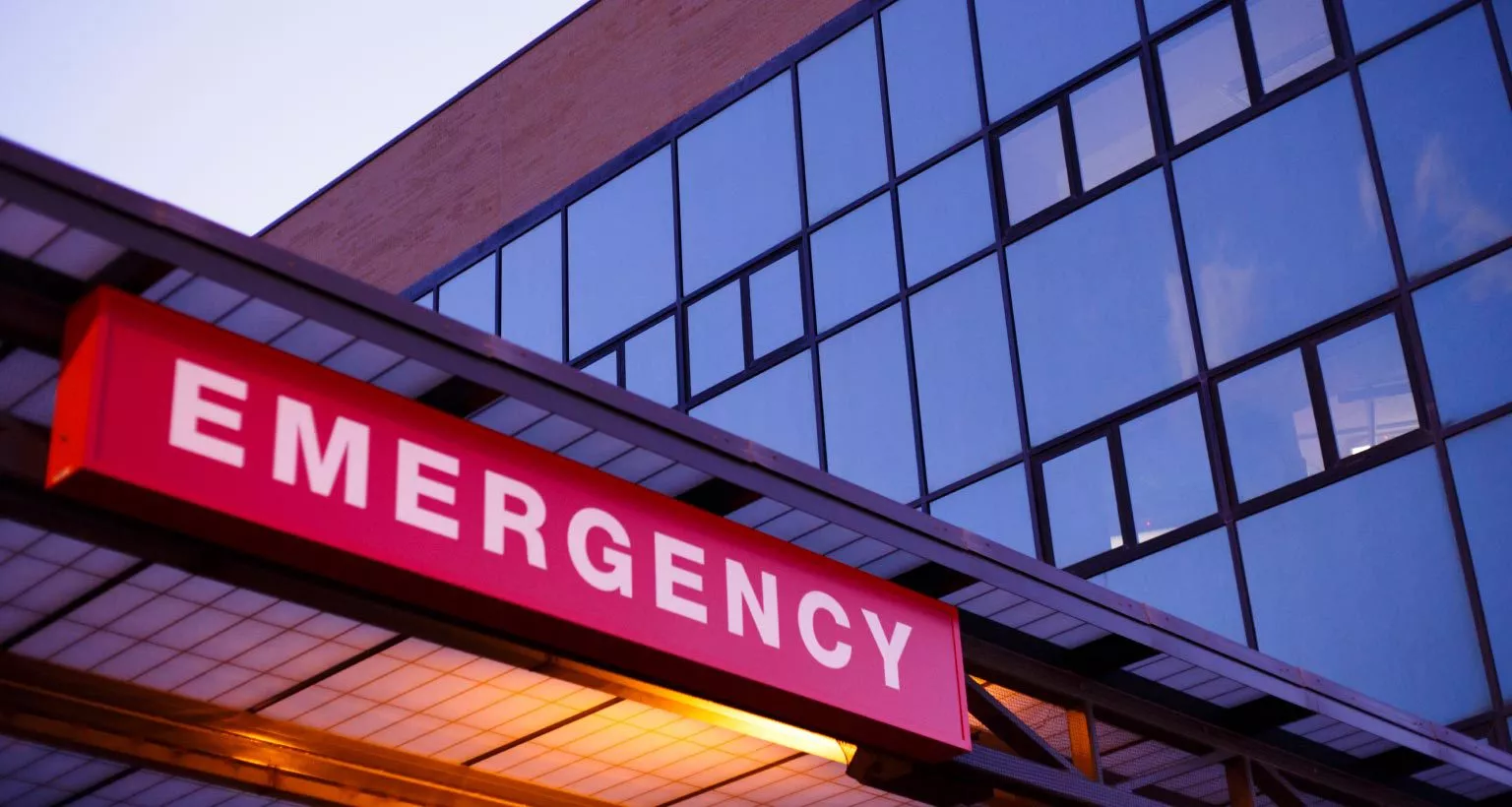Improving emergency care for the betterment of public health

Back in the fall, our colleague, Dr. Austin Frakt, opened up an article in the New York Times entitled, “Improve Emergency Care? Pandemic Helps Point the Way,” with the line “The pandemic may present an opportunity to reshape the future of emergency medicine.”
Frakt goes on to discuss the use of innovative technology that allows people to access health care through the convenience of a mobile device. Telemedicine wasn’t a foreign concept prior to the breakout of COVID-19, but it certainly wasn’t a common practice for the alleviation of otherwise saturated emergency medical practices until we attempted to navigate healthcare solutions during the pandemic.
The CDC reported that the first quarter of 2020 saw a 50% boost in telemedicine visits. The second half of March 2020, alone, saw a 154% increase in telemedicine visits – bolstering this surge in telemedicine visits. This inflated increase has carried through to the current day.
On Jan. 5, 2021, in an article entitled, “Health Care After COVID: The Rise of Telemedicine,” U.S. News reported that telemedicine visits jumped by more than 4000% in April 2020, the beginning of the second quarter. The same article cited that UCLA Medical averaged 100 telemedicine visits per day before it increased to nearly 4,000 visits per day once the COVID-19 pandemic took hold. That’s an incredible increase in utilization.
While these statistics are not directly correlated with emergency care, they showcase the forward trend of improving public health through the use of real-time, virtual technologies. These technologies may decrease the numbers of patients seeking emergency care and general care, and open up other lines of accessible communication while saving time and money for all parties.
According to The American College of Emergency Physicians, 90% of emergency departments are routinely crowded.
“If the shift to greater use of telemedicine continues after the pandemic, it could reduce reliance on the emergency room, where crowding has long been a problem. This could happen if telemedicine increases the ability for doctors to see more patients more quickly,” States Frakt.
He goes on to say that same-day access to primary care can actually drive fewer emergency room visits for conditions that weren’t true emergencies. Often overcrowding of the emergency rooms happens when patients don’t have, or know of, another way to get medical attention. Having the ability to open up a digital line of communication can reduce the anxiety of patients seeking care and can often provide diagnosis sooner, while freeing up space in emergency rooms to handle actual emergency care needs.
We can improve public health by cutting wait times in emergency rooms down. This is important because the longer the wait time, the higher likelihood of a patient’s health deteriorating and higher costs are incurred. This study suggests that a prolonged wait of a patient who arrives at the emergency room with a serious condition by 10 minutes will increase the hospital’s cost to care for the patient by an average of 6%.
Taking advantage of the use of technology to help minimize overcrowded emergency care facilities is a feasible path towards improving public health. The pandemic helped to speed up public utilization of telemedicine, now is the time to work towards shifting this technology into our regular health care practices in a more permanent way.
The original article this post was based on was posted in The New York Times on November 23, 2020, entitled, “Improve Emergency Care? Pandemic Helps Point the Way.”
Dr. Austin Frakt is a Professor of Health Law, Policy & Management with the Boston University School of Public Health. He is a health economist whose research is focused around evidence-based health policy. His work supports the use of mainstream media as a means of translating academic research into policy relevance.





